Wellington Jewish Community Centre
Wellington Jewish Community Centre
Wellington Jewish Community Centre
David Cohen
Home to the Hebrew Congregation, and bridge to the wider city, the Wellington Jewish Community Centre is home to the capital’s Orthodox Hebrew Congregation and synagogue.
The Wellington Jewish Community Centre holds regular weekday services and life cycle events from bris milah, to bar/bat mitzvah, to weddings and burial, currently led by the Ohio-born Rabbi Isaac Mizrahi. Though the congregation is affiliated with the United Hebrew Congregations of the British Commonwealth it has a diverse membership drawn from around the world. The centre also caters to a variety of community-related activities, among them social clubs, a Hebrew pre-school, rooms for youth activities and Zionist organisations, a library, and the recently opened Holocaust Centre of New Zealand.
The community the centre serves enjoys an established presence in Wellington that is as old as the country, and includes the distinction of having hosted the country’s second Jewish marriage, between Benjamin Levy and Esther Solomon. As early as 1848, when there was a recorded total population of 16,000 in New Zealand, half of New Zealand’s 61 Jews called Wellington home.
Formally, the city’s first synagogue, Beth El, opened its then wooden doors on The Terrace in 1870, although the community’s recorded activities predate even the founding of New Zealand 30 years earlier. The officiating minister at the opening was D.M. Isaacs. At a meeting presided over by J. Nathan, (later the founder of the famous world-wide Glaxo Company) held on the September 28, 1873, officers were elected, the first president being Mr B. Levy.
According to Wellington scholar Dr Stephen Levine, editor and compiler of A Standard for the People—a hefty study of the city’s Jewish community published to mark the 150th anniversary of the first Jewish service in New Zealand, in 1843—the earlier synagogue was the city’s tallest building in its day. Had it survived, he writes, it would now be “a landmark, a historic place and [an] architectural treasure”, but it would also be “a charming, diminutive structure irritating to developers covetous of the property it occupied.”
In any event, moves were soon afoot to create another Wellington synagogue; the second one eventually being consecrated in 1929. This was to be the centrepiece of the life work of Reverend Herman Van Staveren, who died the following year, and was a pivotal figure in local Jewish life who guided the spiritual life of the congregation for 52 years. Van Staveren did much to build bridges with the wider Wellington community and his good reputation was such that his funeral service could not contain the number of mourners who came to pay their respects.
As a result of the deteriorating European conditions, the community received a surge of immigrants during the 1930s and 40s. Indeed, the middle to late 1940s through to the 1960s probably saw the greatest number of Jews living in Wellington, estimated at about 2500. This in turn spurred the demand that would eventually see the creation of the current community centre.
Between 1959 and 1966 a building fund was inaugurated to provide better, and the Centre's current, facilities. In 1963 the Ministry of Works indicated that they would require the Beth El synagogue site on The Terrace for motorway development. Therefore property was acquired a little at a time and planning proceeded on its present location at 74 - 80 Webb Street.
The foundation stone for the new centre was first unveiled in 1974 by Wellington city’s mayor, Francis Kitts, paying tribute as he did to the many Jewish figures who had contributed to the city. Abraham Rosenfeld, the rabbi, spoke of the fully functioning centre as a powerful melding of enduring Jewish religious life with the practical needs of everyday New Zealand life—a statement of purpose that continues to find expression until the current day.
Image above header: Photograph, The Synagogue, The Terrace, Wellington. New Zealand Free Lance: Photographic prints and negatives. Ref: 1/2-099986-F. Reproduced here with permission of the Alexander Turnbull Library, Wellington, New Zealand. http://natliv.govt.nz/records/23020402
This article first appeared on the Jewish Online Museum which was our founding website.
©Jewish Lives 2021


